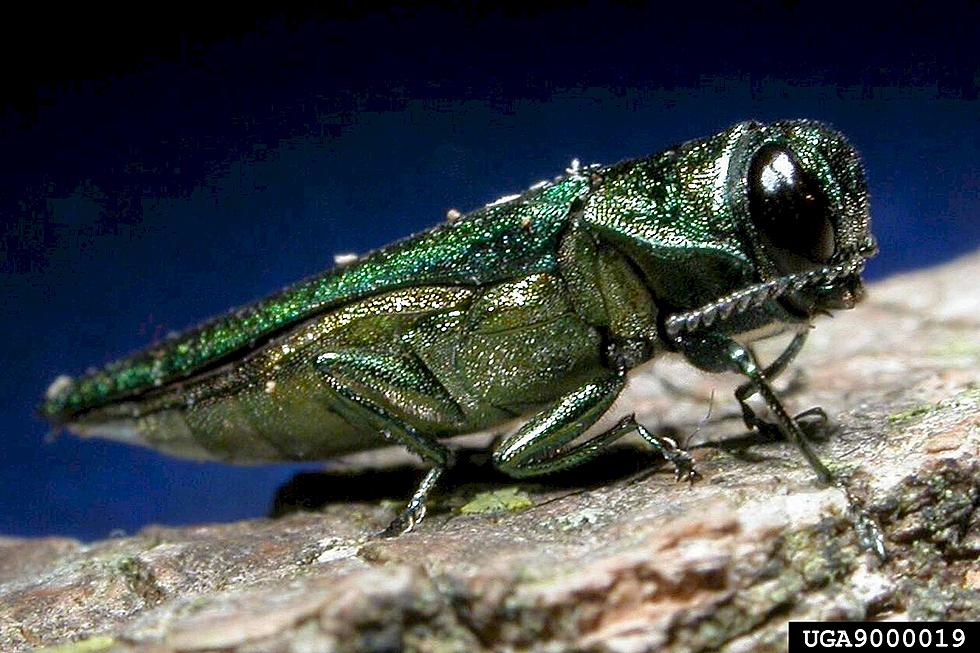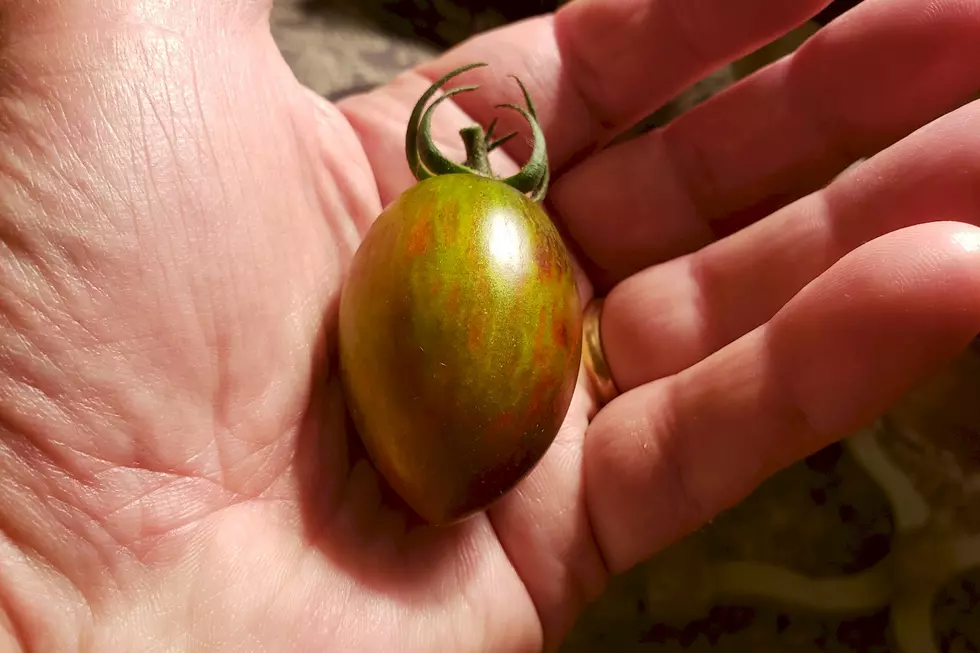
Garden Groove: Ash Tree Enemy
Getting in the Garden Groove with John Schroeder: Emerald Ash Borer
Instead of addressing something this week that has to do with vegetable gardening, I wanted to talk about a growing problem involving TREES. Emerald ash borer is an invasive insect that attacks ash trees.
According to EmeraldAshBorer.info, EAB has killed hundreds-of-millions of ash trees in North America since first being discovered in Michigan near Detroit in 2002. This exotic beetle that is native to Asia is now found in 35 states and several Canadian provinces. It has caused regulatory agencies and the USDA to enforce quarantines and fines to prevent potentially infested ash trees, logs or firewood from being moved out of areas where EAB occurs. This problem has cost municipalities, property owners, nursery operators and forest products industries hundreds of millions of dollars.
David Ludivig is the owner of Ludivig Tree Service of St. Cloud. I spoke with him last week to try and get a better understanding of emerald ash borer and the problems they cause. David said that in years past, he had seen the effects of EAB first-hand in the Chicago area. He saw blocks and blocks of dead ash trees that had to be cut down. Ludivig said that all different types of ash trees can be affected by EAB. An adult emerald ash borer is about a half-inch long and metallic green in color. When a tree is infected by EAB it can have thousands of young EAB larvae in what is known as the “cambium layer” of the tree. That’s the part of the tree between the bark and the inner wood layer where nutrients from the leaves and branches travel down to the root system. The young beetles cause a condition called “girdling” where the nutrient flow is interrupted, leading to die-back and eventual death of the tree. One sign that arborists look for to confirm the presence of emerald ash borer are D-shaped holes the size of pencil erasers that appear as the beetles leave the tree. Ludivig said that in a badly infected tree you can actually hear the insects working underneath the bark.
The Minnesota Department of Natural Resources has confirmed cases of EAB here in Central Minnesota in the Sauk Centre area, in the Rockville/Grand Lake area and around Clearwater. The problem has existed in Hennepin and Ramsey Counties for several years now as well as several other areas around the state.
EAB gets spread mostly through the moving of trees that have been cut and/or split. Ludivig said other native insects can also cause problems with different types of trees but usually not to the degree of the emerald ash borer. According to the DNR, the state’s forests have somewhere around one billion ash trees. Sixty-percent of many communities’ tree populations are ash, as this type of tree became very popular as a replacement for the millions of elm trees that were killed during recent decades by dutch elm disease. Arborists fear that as EAB continues to spread to the west across North America we could see devastating effects.
If you have one or more mature ash trees that you value on your property it would be wise to keep an eye out for signs of emerald ash borer. Once those signs occur, however it can often be too late to save the tree. Some tree and landscaping companies are trained in evaluating and treating infected ash trees. Given the growth of this problem it might be advisable to consult a tree professional to inspect your ash trees and/or to consider other species of trees to purchase and plant on your property.
Next week: Sharing some tricks of the trade
John Schroeder is a sales guy at Townsquare Media St. Cloud, but in his past life, he was an on-air personality specializing in sports. But what really turns his crank is getting out in his 28 x 15 foot vegetable garden several times a week nurturing, eventually harvesting (and sometimes sharing) homegrown food.

Meet Pine Grove Zoo's New Baby Otter
More From AM 1240 WJON









